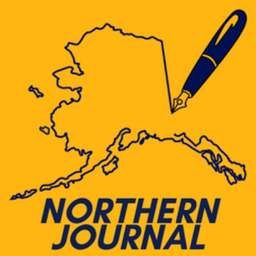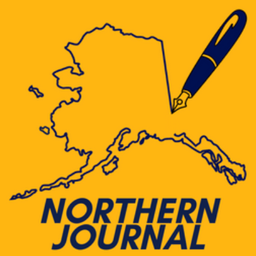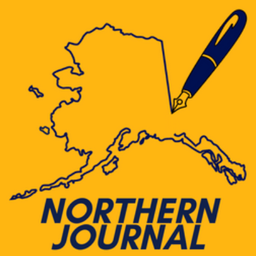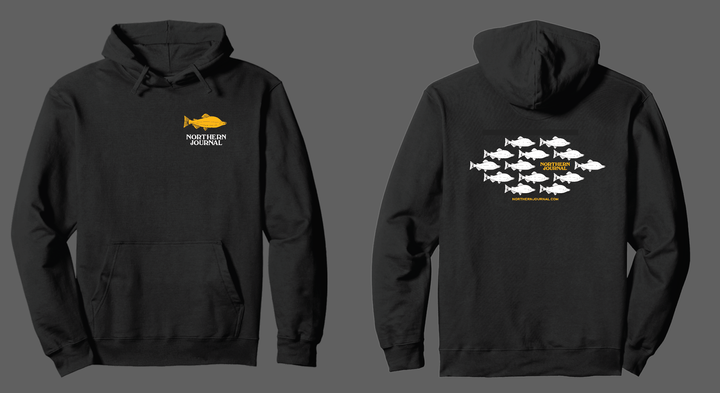An update from the Northern Journal trail
Some news and notes, including a leg wrestling video, about my work and travels over the past couple of months.

Good afternoon from Sea-Tac, where I’m getting ready to board a flight to London. For the next two weeks, I’ll be in Trondheim, Norway, on my yearly side gig covering elite level cross-country ski racing.
Trondheim is hosting this year’s world championships — an event where several Alaskan athletes will be competing, and to which organizers have already sold 192,000 tickets. I’ll mostly be working for a cross-country skiing website, FasterSkier, but I’ll also send a dispatch or two with links to my stories that might be of interest to Northern Journal’s Alaska-focused audience. Keep an eye on Anchorage’s Gus Schumacher, who scored a podium finish earlier this month in a World Cup race against nearly all of the same skiers who will be competing in Trondheim this week.
In the meantime, expect a story or two from Max Graham, Northern Journal’s mining industry-focused correspondent. Max has been working with me for the past five months, and we’re pursuing additional grant funding to keep him on for the next year.
I also just wanted to share a little bit more about my work and travels over the past couple of months, and to re-up a couple of big stories recently published by Northern Journal.
One of them was “The last skipper in Ouzinkie,” about how residents of Indigenous villages across the Gulf of Alaska have lost their rights over the past 50 years to commercially harvest fish, especially salmon.
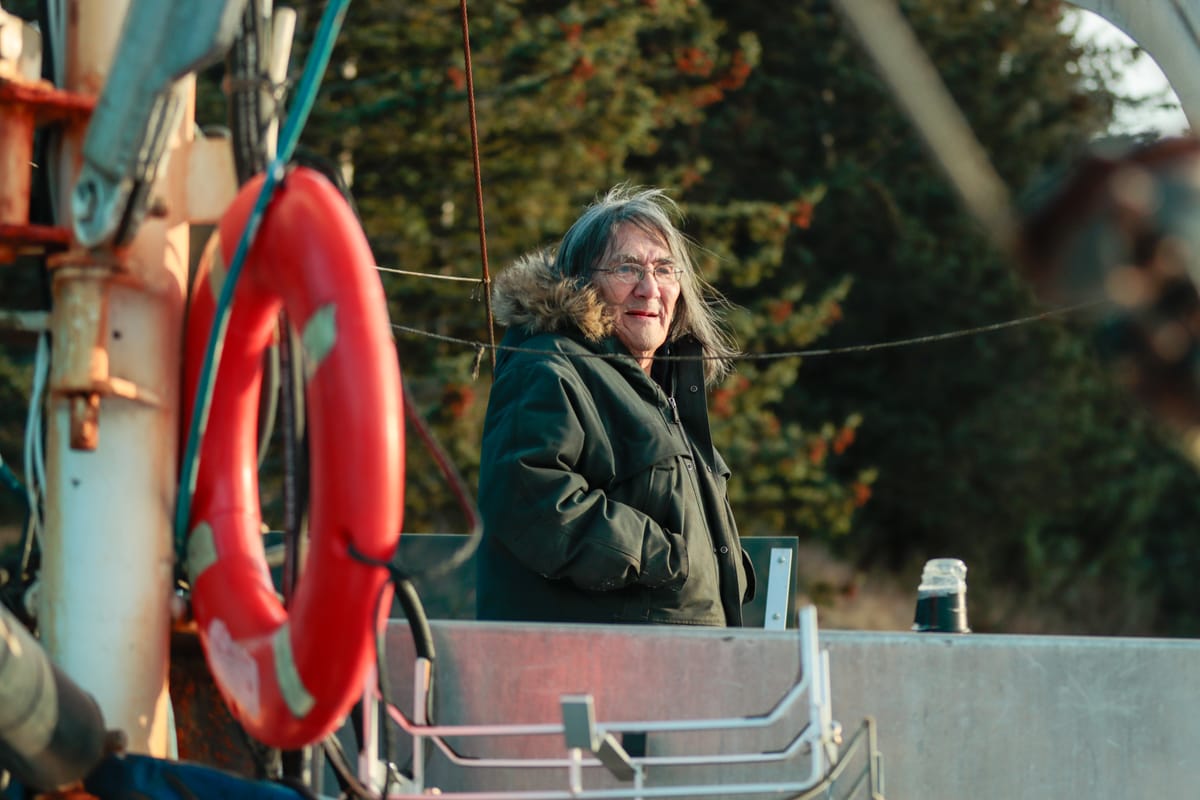
That project was the first in a series funded largely by the Pulitzer Center. A couple more stories are forthcoming this spring, and I hope and plan to continue covering the issue even after the grant expires. I’m also planning a public event in Juneau in early April to discuss my reporting and possible policy reforms; stay tuned for more information on that. I have a still-open survey requesting feedback on the initial story, as well as information about Alaskans’ experiences with loss of fisheries access and permits.
I also wanted to highlight a few of the folks who helped get what was a pretty massive story across the finish line. One is the story’s editor, Curtis Gilbert, who works at a Twin Cities-based investigative newsroom called APM Reports. APM Reports has partnered with multiple Alaska newsrooms to support investigative projects — including some of my work at Alaska Public Media in the past couple of years — and Curtis’ oversight and contributions, along with those of his colleagues, were essential here. Zoë Scott also helped me with historical research over the past summer and dug up some critical archival materials. Brian Venua, a reporter at Kodiak’s public radio station, KMXT, did some traveling with me and shot many of the photos that ran with the project. Tegan Hanlon at Alaska Public Media gave some really useful feedback. And my nephew, graphic designer Zac Bentz, made the fantastic graphics.
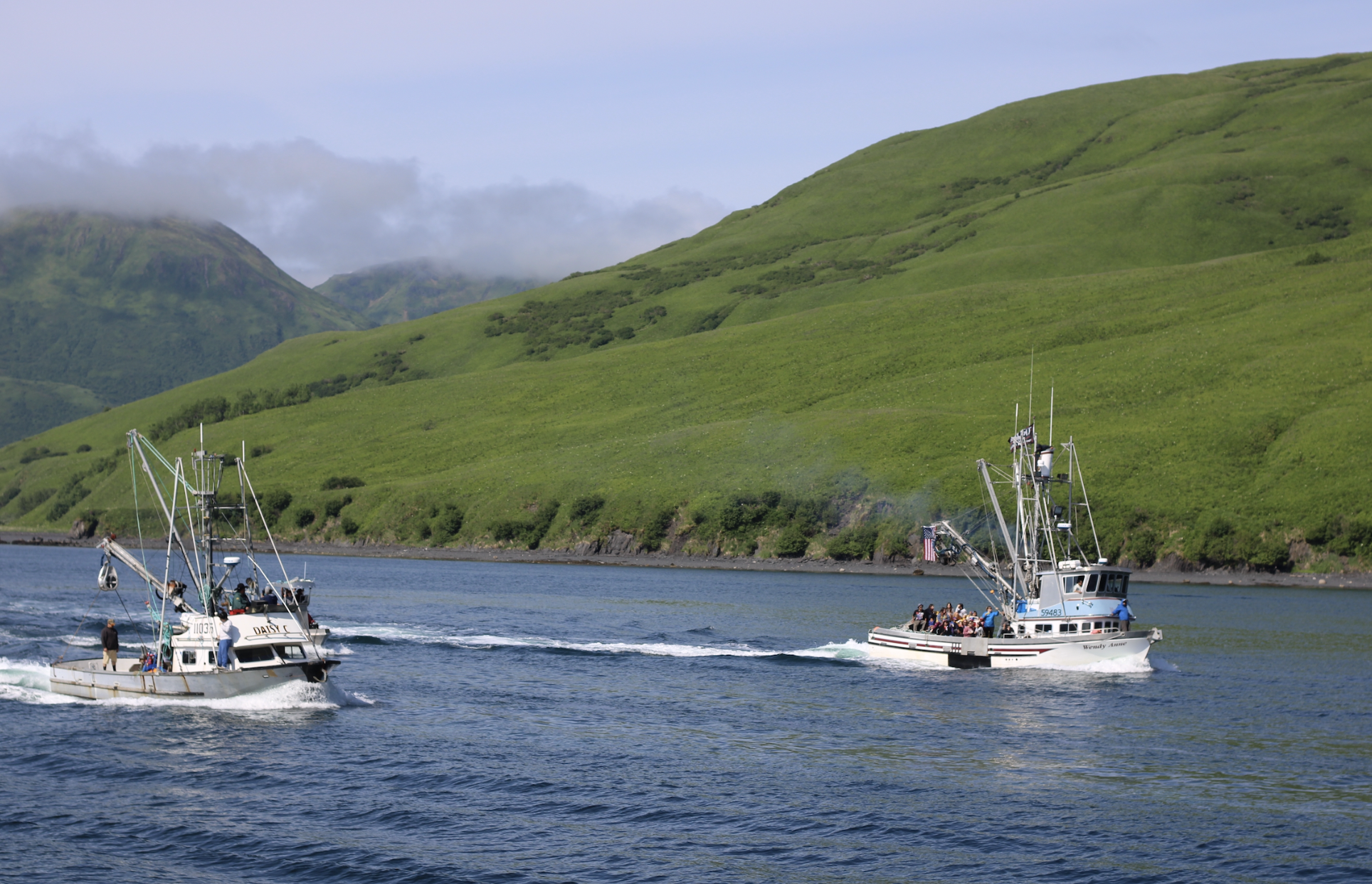
I’ll also just take one more second here to share my delight in the time I got to spend in and around Kodiak Island while reporting this story. I made two trips there, one in the summer and one earlier this month, and reveled in the kindness and generosity of folks there, plus the region’s glorious scenery and delicious seafood. (Though I will also immodestly note that a couple of salty fishermen quickly devoured the package of home-smoked chum salmon that I brought with me on my last visit.) At Old Harbor’s Fourth of July celebration, I got to stand on the deck of a seine boat as it cruised past the village dock and was blessed by the local Russian Orthodox priest — then watched with simultaneous glee and horror as a crew member shot fireworks from the bow while we raced around the harbor with other boats, an annual tradition. A tug of war and even boxing matches, no joke, capped off that day.
In Ouzinkie, also in July, residents welcomed me and a scholar I was shadowing, Courtney Carothers, at a community meeting; the next day, we hitched a two-hour ride back to nearby Kodiak on the boat skippered by Nikolai Katelnikoff (the aforementioned “last skipper”). On my return visit to the village this month, Nikolai invited me to senior lunch, where I became an honorary senior citizen for the day and shared with some of Ouzinkie’s elders the homemade soup and cookies. A dream visit.
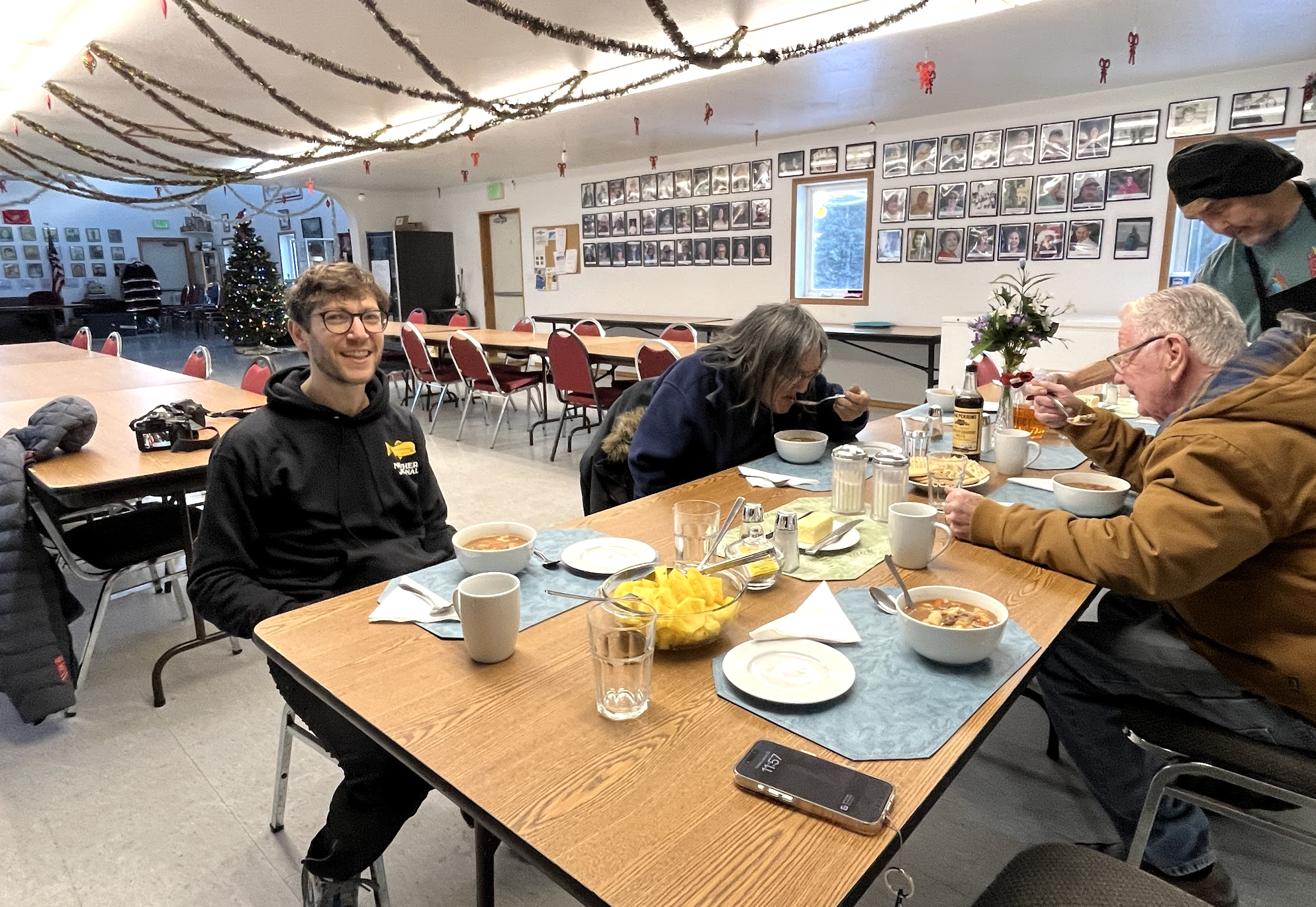
The other big recent project was an investigation of the collapse of a storied Alaska seafood company, Peter Pan, that I reported in a partnership with freelance reporter Hal Bernton, the Anchorage Daily News and ProPublica.
Dedicated readers of Northern Journal had seen my previous stories about Peter Pan. This one was much deeper, driven by our interest in understanding the full role of the Alaska Permanent Fund, which was an anchor investor in a business deal that restructured the company a few years before its implosion.
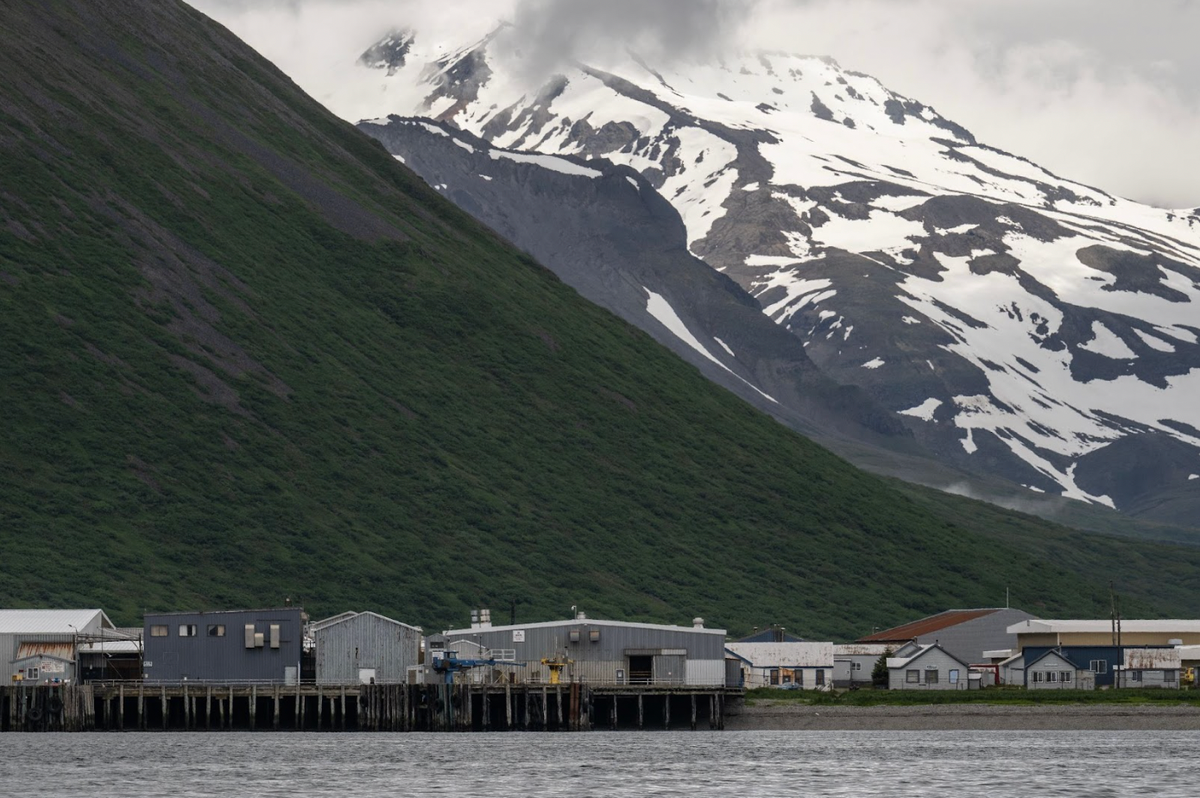
Hal and I really had to fight for some of the key details in this story, which include the first public accounting of how much public money — at least $29 million — was at stake. We appealed the Permanent Fund’s blanket denial of a public records request for a detailed memo that outlined the history and status of the in-state investment program that spawned the Peter Pan deal — an effort that ultimately resulted in the fund’s release of a partially redacted document.
Hal made a herculean effort to get this story through a grueling editorial process and across the finish line; ProPublica editor Steve Suo exercised heroic patience and judgment; and Anchorage Daily News photographer Marc Lester traveled with Hal to King Cove to shoot the amazing photos in the piece. Freelance reporter Corinne Smith, who now works at the Alaska Beacon, also did some essential work to bring in the perspective of processing workers and to organize some of the financial details.
Finally, a quick shoutout to all my homies at KYUK, the public media station in Bethel, who partnered on the last fun story I published, about how dog mushing is booming in Western Alaska.
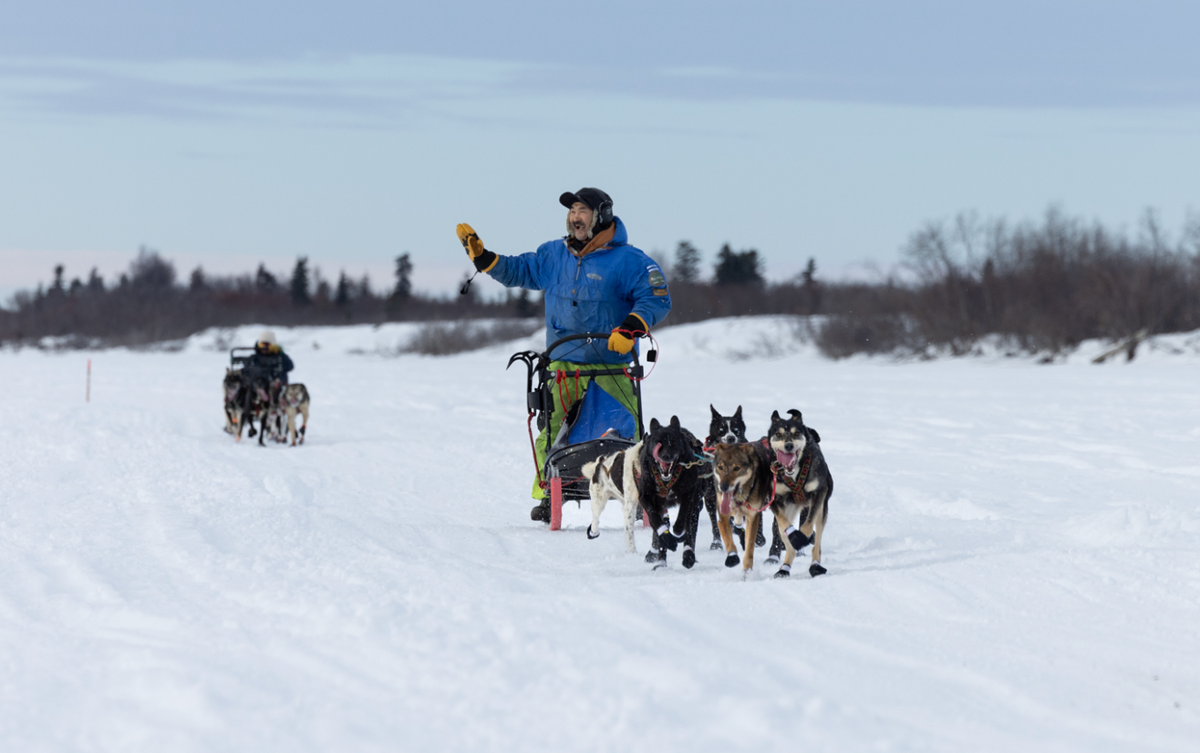
I’d been wanting to get out to the Yukon-Kuskokwim Delta for years to volunteer with KYUK’s broadcast of the annual K300 sled dog race, and we finally made it happen this year. I flew out to Bethel a couple of weeks ago, spent an evening interviewing mushers, then hopped a bush plane upriver the next morning to the village of Kalskag, where I’d be calling in dispatches as the race unfolded.
I’m not sure exactly what I was expecting in Kalskag, but… it was awesome. After I arrived, I was warmly received by staff at the local tribal office and by the volunteers who’d also flown out from Bethel to run the race checkpoint. I had time to take a beautiful cross-country ski along the Kuskokwim River ice road, which helps keep Kalskag connected with its neighboring communities, then lost a game of euchre to the volunteers. As night fell, I used a flip phone to call my reports back to headquarters when the mushers began arriving. After a comfortable night on a cot in a school classroom, I called in a few more dispatches, then jumped in another bush plane and flew downriver to the village of Tuluksak to repeat the process, returning to Bethel the following morning.
The day before returning to Anchorage, I drove the ice road back up the river from Bethel to the village of Akiachak with one of the members of KYUK’s multimedia team, Gabby Salgado. Akiachak, population 600, has something like a dozen mushers living there, and we drove up to the village’s high school to meet a couple of the younger ones. I could not have been more charmed by Charlie Chingliak, the teen musher who met us at the principal’s office wearing stud earrings and a pink hoodie branded with the name of his kennel. Chingliak told us how he’ll run his dog team at night, after basketball practice, with a headlamp while playing artists like Kendrick Lamar and Drake through his ear buds. (He’s on team Kendrick, for anyone wondering.) I capped off the trip back in Bethel with a serviceable performance of one win and one loss in the leg wrestling tournament at the musher's party. (Not shown: my humiliating defeat at the hands [legs?] of a [much larger] dog musher.)
The story about Chingliak and other Kuskokwim mushers was published jointly by Northern Journal and KYUK. I can’t say enough positive things about KYUK and the work they’re doing in an important region of the state. They have robust news and multimedia teams that tell all kinds of stories about the Delta — good, tough and otherwise — and they also have programming in the Indigenous language of Yugtun. One of the cooler moments of my trip was phoning in a race dispatch and hearing it live-translated into Yugtun by KYUK’s Charlie Charlie.
This is the part in my email where I remind you that it takes real money and time to report and produce the kinds of stories that Northern Journal and its partners have recently published. If you’re already a voluntary member, thank you. If you’re not, and you can afford it, please consider becoming one — and/or partner organizations KYUK, KMXT, the Daily News and ProPublica.
I also have ad space.
Lastly, a note on news you haven’t been seeing in Northern Journal recently: deep coverage of the intense changes playing out in the federal government in the first weeks of the new Trump administration.
These changes obviously will have enormous effects on Alaska and its residents. We’ve largely stayed away from covering them, so far, in large part because of commitments to existing projects and limited bandwidth as a two-person newsroom. But we are paying attention and expect to delve into these stories when we feel like we can make a meaningful contribution — at a time when there’s, simply, a ton of news and competition for people’s attention. We do also feel that the areas where we’ve chosen to invest our time so far are still important, and perhaps even more important at a time of uncertainty like this.
Thoughts about that, or about any of the other recent work? You know where to find me. Thanks so much, as always, for supporting this project — and more to come soon.

